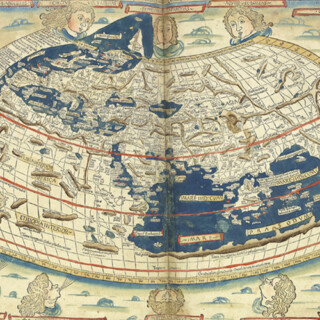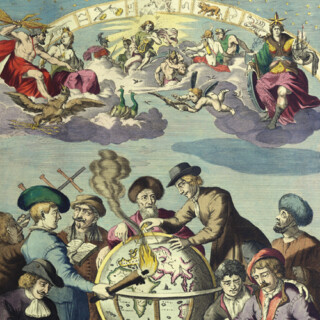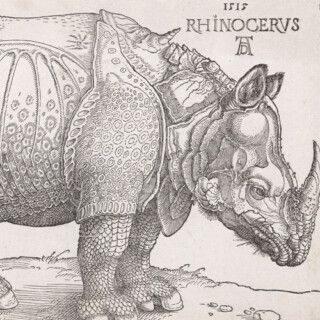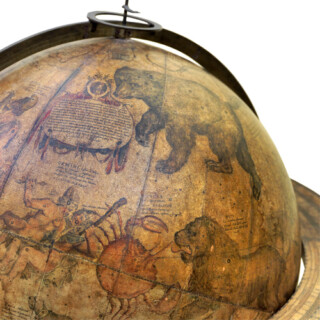[Geared tellurian].
[Paris,
J. Fortin at the Rue de la Harpe],
1773.
Geared tellurian with globe, 12 engraved paper gores over wooden sphere, mounted on wooden orrery, painted and gilded, with brass gears and bone decoration.
Diameter: 55mm (2.25 inches).
15690
notes:
Biography
Jean Fortin (1750-1831) was a scientific instrument-maker born in Picardy, France. Chiefly remembered for designing a barometer that ensured more accurate readings, he also produced celestial atlases, scales and was commissioned by the French royal family to make globes. He made terrestrial and celestial globes of 32 and 22cm diameter, as well as a terrestrial globe of 5.5cm to go into his armillary spheres.
Fortin operated in Paris, with a shop in...
Jean Fortin (1750-1831) was a scientific instrument-maker born in Picardy, France. Chiefly remembered for designing a barometer that ensured more accurate readings, he also produced celestial atlases, scales and was commissioned by the French royal family to make globes. He made terrestrial and celestial globes of 32 and 22cm diameter, as well as a terrestrial globe of 5.5cm to go into his armillary spheres.
Fortin operated in Paris, with a shop in...
bibliography:
Dekker ZAA0589; Stevenson fig.129.
provenance:







![[FORTIN, Jean]. [Geared tellurian].](https://i0.wp.com/crouchrarebooks.com/wp-content/uploads/2025/05/15690_1H.jpg?fit=4000%2C5052&ssl=1)
![[FORTIN, Jean]. [Geared tellurian].](https://i0.wp.com/crouchrarebooks.com/wp-content/uploads/2025/05/15690_2H.jpg?fit=4000%2C5322&ssl=1)
